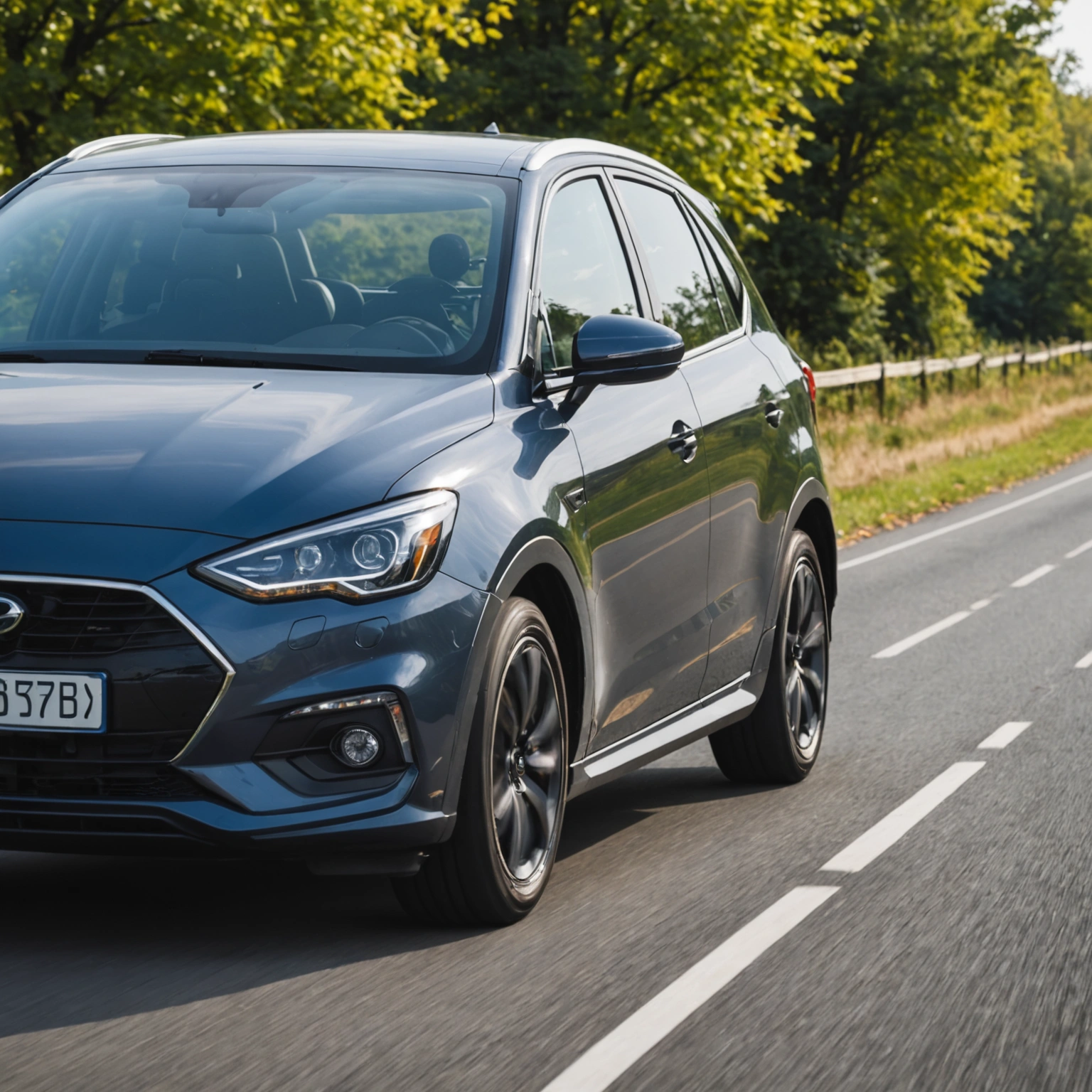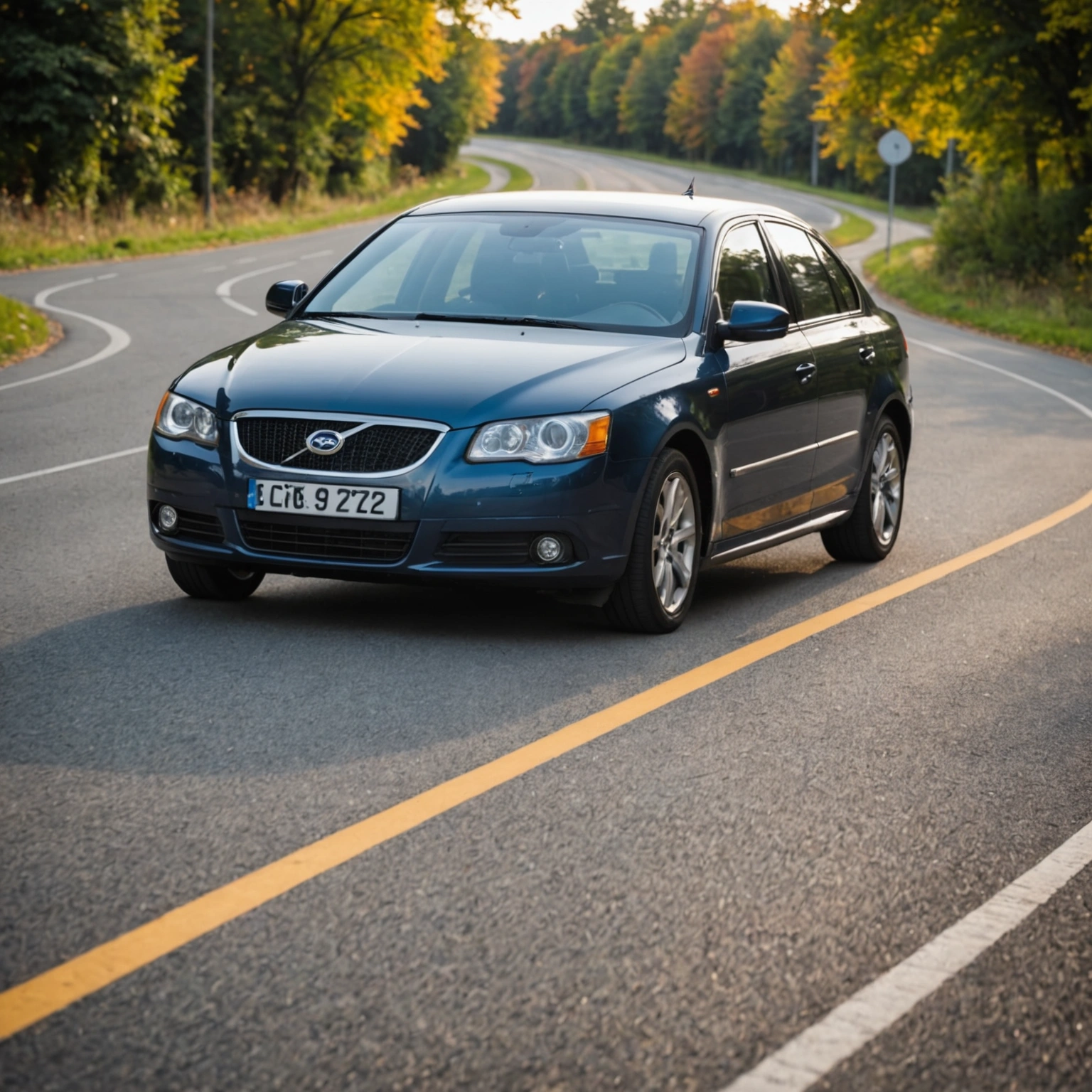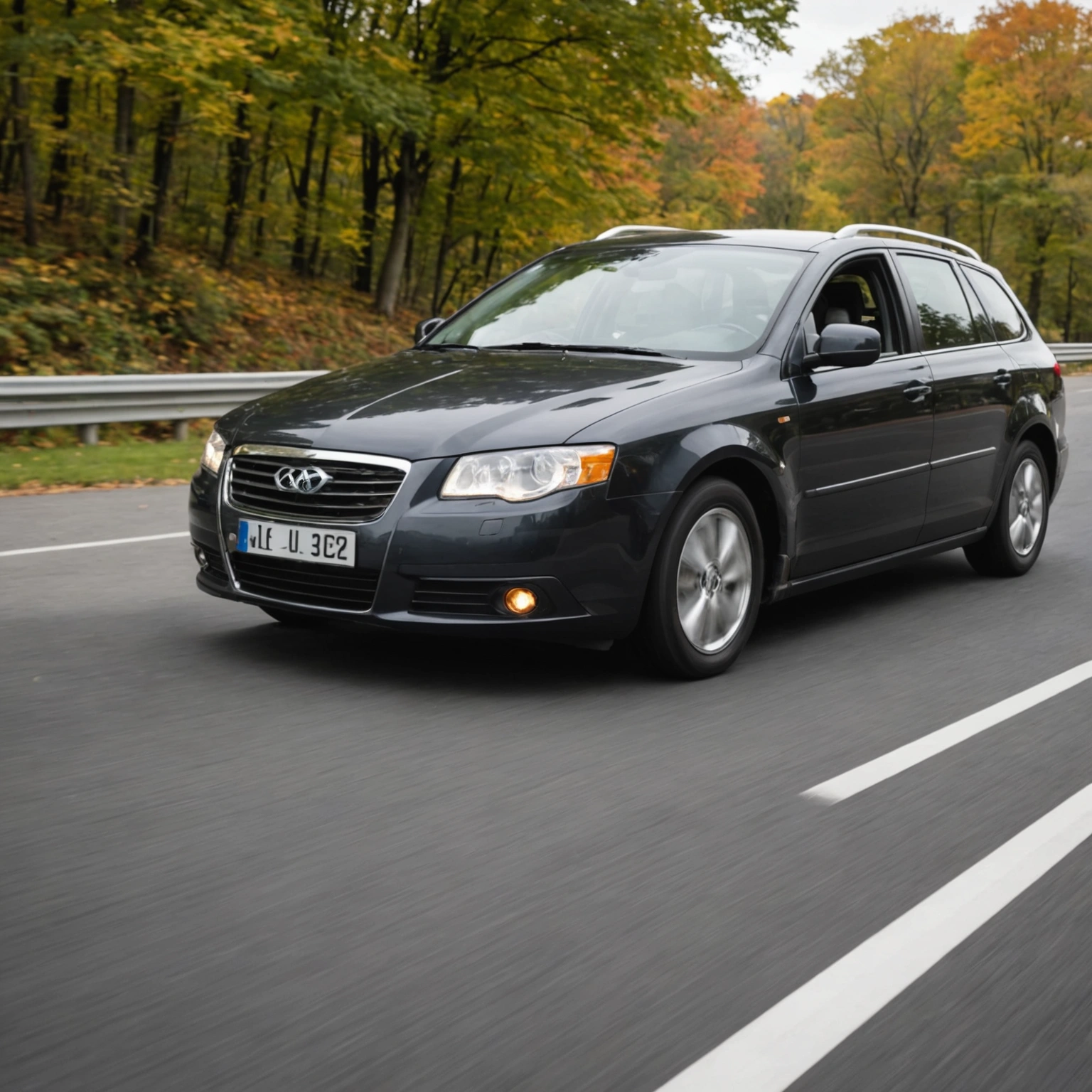**Why Does My Car Rattle When I Hit a Bump? Understanding the Causes and Solutions**
Experiencing a rattling noise when your car hits a bump can be unsettling. This common issue can stem from various underlying problems, ranging from minor loose parts to more serious suspension issues. Understanding the causes can help you diagnose the problem early and determine whether it’s something you can fix yourself or if professional inspection is needed.

### Common Causes of Rattling When Hitting a Bump
#### 1. **Worn or Damaged Suspension Components**

Your vehicle’s suspension system is designed to absorb shocks from road irregularities. Over time, parts like shock absorbers, struts, springs, or bushings can wear out or become damaged. When these parts lose their effectiveness, hitting a bump may cause a rattling noise.
– **Signs:** Excessive bouncing, uneven tire wear, or a rough ride.

– **Solution:** Replacing worn shocks, struts, or bushings typically restores smoothness and reduces rattles.
#### 2. **Loose or Broken Mounts and Bushings**

Mounts and bushings act as cushions between various suspension parts and the vehicle frame. If these become loose, cracked, or broken, they can cause rattling sounds upon impact.
– **Signs:** Clunking or rattling noise during bumps, especially when turning or braking.
– **Solution:** Tightening or replacing faulty mounts and bushings.
#### 3. **Loose or Damaged Exhaust System**
The exhaust system is mounted underneath the vehicle with brackets and hangers. If these become loose or corroded, the exhaust pipes can move and rattle against other components when hitting a bump.
– **Signs:** Rattling noise that varies with engine operation or road surface.
– **Solution:** Secure or replace exhaust hangers and brackets.
#### 4. **Unsecured or Loose Interior or Exterior Parts**
Sometimes, the rattle isn’t from the suspension at all but from loose parts like a loose bumper, grille, or interior panels.
– **Signs:** Rattling noise only when hitting bumps, with no change in engine or suspension behavior.
– **Solution:** Tightening or replacing loose panels or parts.
#### 5. **Worn or Damaged Tires and Wheels**
Uneven tire wear or a damaged wheel can cause vibrations and rattling sounds upon impact.
– **Signs:** Vibration felt in the steering wheel or seat, uneven tire wear.
– **Solution:** Rotating, balancing, or replacing tires and inspecting wheels.
### When to Seek Professional Help
While some minor issues like tightening loose panels can be addressed on your own, many suspension-related problems require professional diagnosis and repairs. If you notice persistent rattling, uneven tire wear, poor handling, or if the noise worsens, it’s best to have your vehicle inspected by a qualified mechanic.
### Preventative Tips
– Regularly inspect suspension components for signs of wear or damage.
– Keep tires properly inflated and balanced.
– Address any unusual noises or handling issues promptly.
– Schedule routine maintenance to catch potential problems early.
### Conclusion
A rattling noise when hitting a bump can be caused by various factors, from worn suspension parts to loose interior panels. Understanding the potential causes helps in diagnosing the issue effectively. Prompt attention and proper repairs can ensure your vehicle remains safe, comfortable, and quiet on the road.
If you’re unsure about the cause or how to fix it, don’t hesitate to consult a professional mechanic. Addressing these issues early can save you money and prevent more serious damage down the line.

